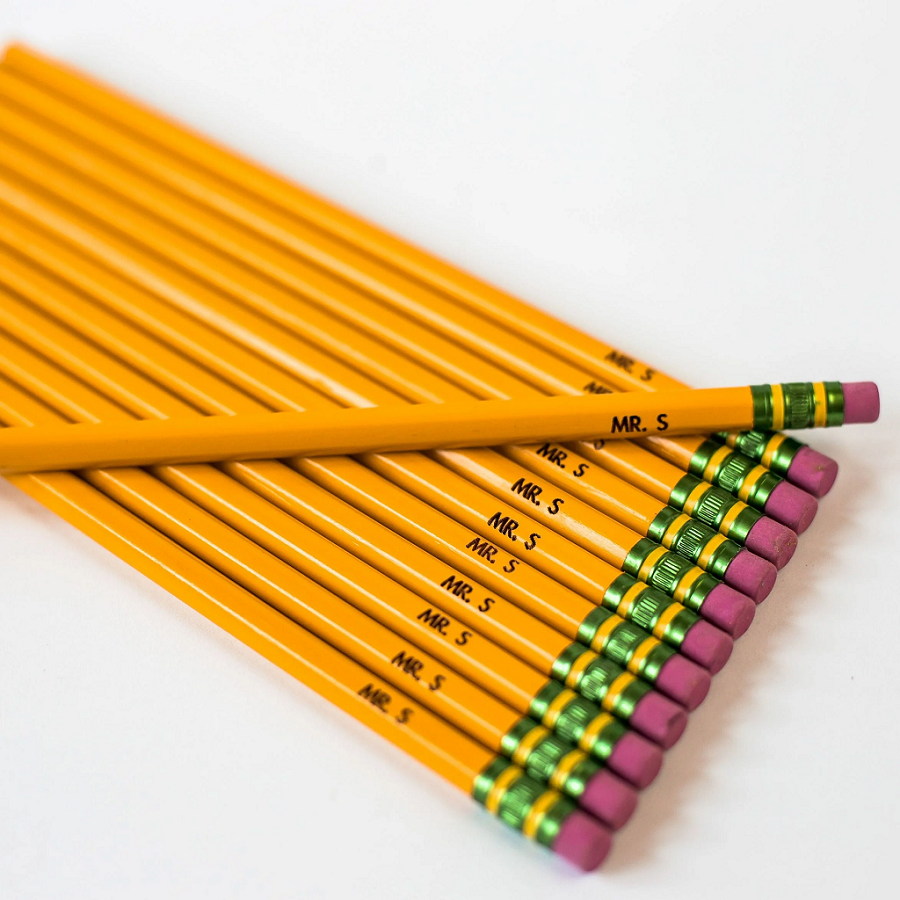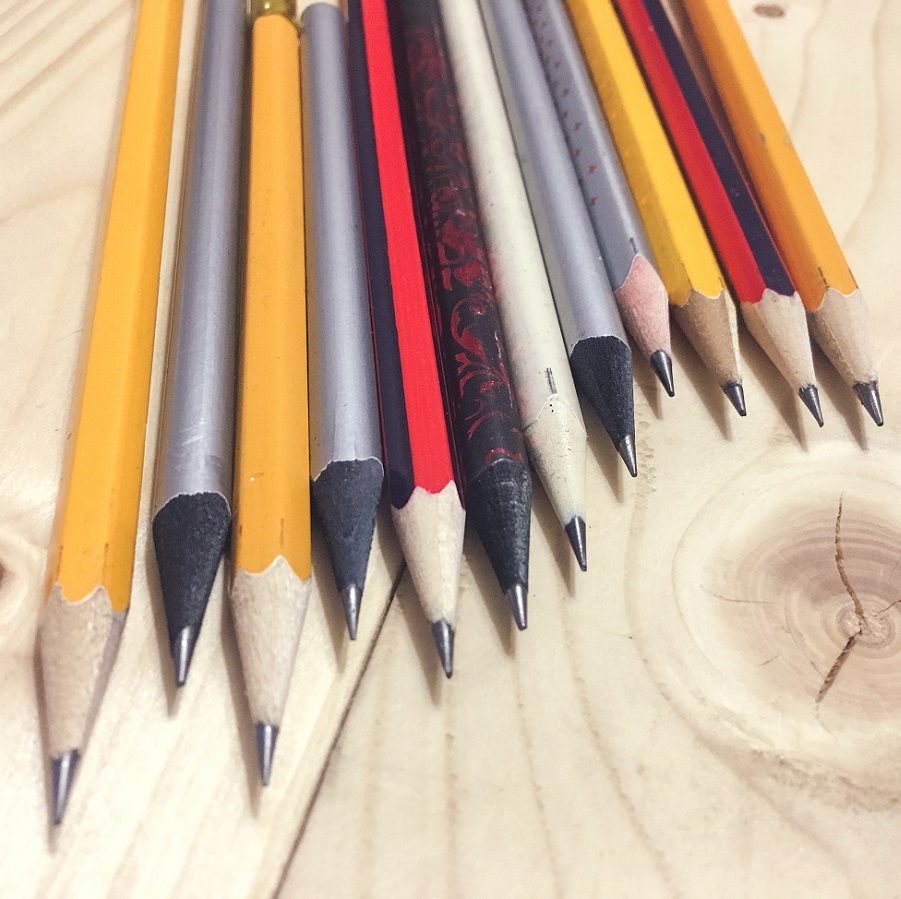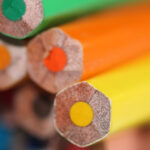Wooden color pencils are a staple in the realms of art and education, known for their vibrant hues and ease of use. Whether you’re a seasoned artist, a student, or just someone who loves to doodle, understanding the nuances of these marvelous tools can greatly enhance your creative endeavors. This article delves into the world of wooden color pencils, exploring their production, comparing brands, and offering tips on selection and customization.
The Charm of Wooden Color Pencils
Wooden color pencils bring a certain charm to any artistic project, with their simplicity and the tactile satisfaction they provide. Unlike their plastic counterparts, wooden pencils are more environmentally friendly and often contain richer pigments. The wooden casing, made from high-quality materials like poplar, basswood, and softwood, ensures durability and easy sharpening.

In the art world, wooden color pencils are cherished for their ability to produce smooth and consistent lines. For students, they are an essential tool that fosters creativity and precision. Moreover, the wooden exterior contributes to a more comfortable grip, reducing hand fatigue during extended use. You can find out more about the benefits of using wooden pencils in educational settings from this Scholastic article.
The Craftsmanship Behind Wooden Color Pencils
The process of manufacturing wooden color pencils is an intricate blend of art and science. The journey begins with selecting premium woods such as poplar, basswood, and softwood, known for their durability and ease of sharpening. The wood is then cut into slats, and grooves are carved to house the lead.
Lead options vary, with black lead available in thicknesses of 2.0mm and 2.2mm, ensuring smooth and consistent writing. The leads are then glued into the slats, which are subsequently bonded together to encase the lead securely. The pencil is then meticulously shaped and painted in a wide range of Pantone colors to match any brand’s identity. Finally, customization options like logo stamping, silk screen printing, or full-color printing are applied to give the pencils a personalized touch. For detailed steps on pencil customization, you can visit
Durzerd’s custom pencils page
.
Comparing Brands and Models
Not all wooden color pencils are created equal. Different brands offer varying levels of quality, color saturation, and durability. Brands like Prismacolor, Faber-Castell, and Crayola are renowned for their high-quality wooden color pencils. For instance, Prismacolor pencils are favored by professional artists for their soft cores and vibrant colors, making them ideal for blending and shading.
Faber-Castell emphasizes durability and eco-friendliness, with pencils that boast break-resistant leads and sustainable wood sources. Crayola, on the other hand, is popular among children and students for its affordability and wide array of colors. A comprehensive comparison of these brands can be found in this Art is Fun article.

Choosing the Right Wooden Color Pencils
Selecting the perfect set of wooden color pencils depends on your specific needs. For professional artists, pencils with soft, blendable cores are ideal. Students may prefer pencils that are easy to sharpen and have durable leads. Additionally, consider the length of the pencils; 7-inch pencils are standard, but 3.5-inch options are available for those who prefer a more compact tool.

Customization also plays a key role, especially for businesses looking to create branded pencils. You can choose from a wide range of colors and add your logo using various methods to ensure the pencils align with your brand identity. For small batch customizations,
CPencils
offers excellent services, while
Durzerd
caters to bulk orders.
Practical Applications and Benefits
Wooden color pencils have a myriad of practical applications beyond just drawing and coloring. They are often used in professional settings for sketching designs, planning projects, and even in therapy sessions to help individuals express their emotions. Wooden color pencils also provide a break from digital screens, promoting mindfulness and relaxation.
For example, many adult coloring books recommend using wooden color pencils for their precision and ability to produce detailed work. Case studies have shown that engaging in coloring activities can reduce stress and improve mental health. For more insights on the benefits of coloring, check this Healthline article.



